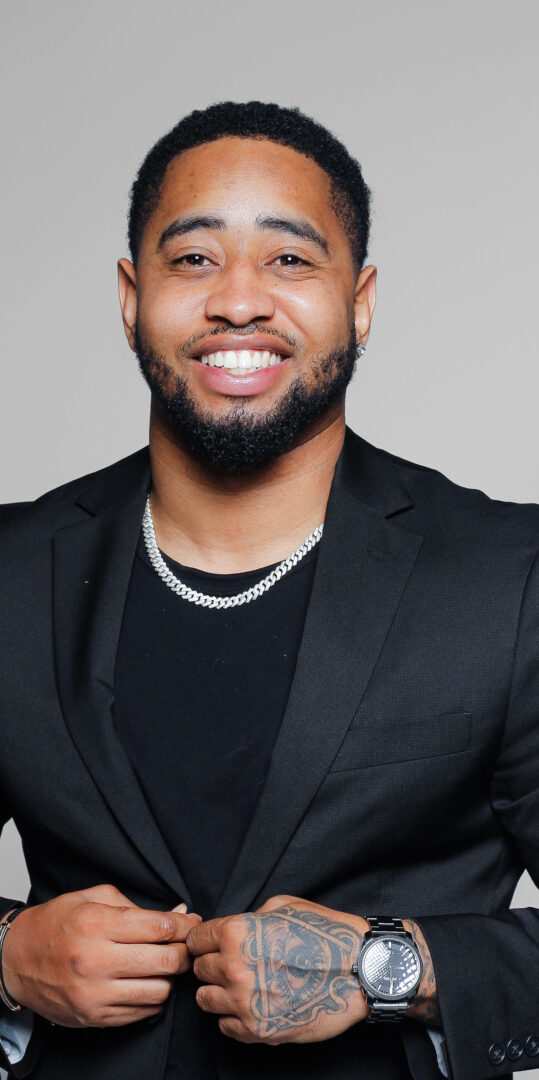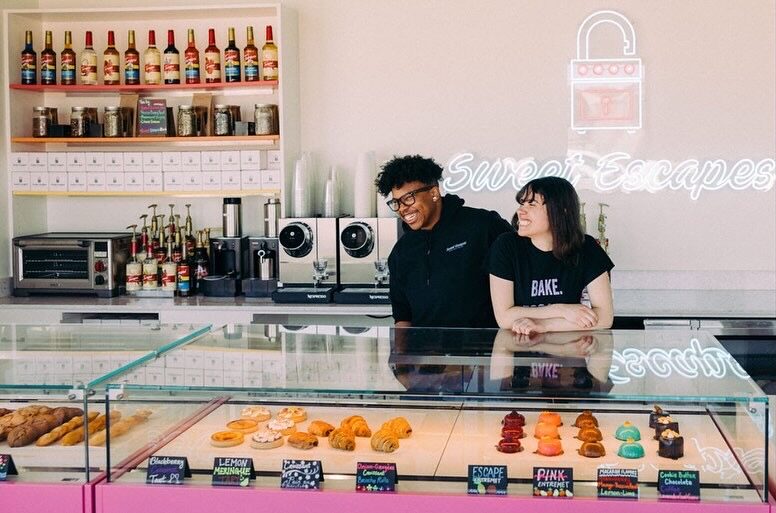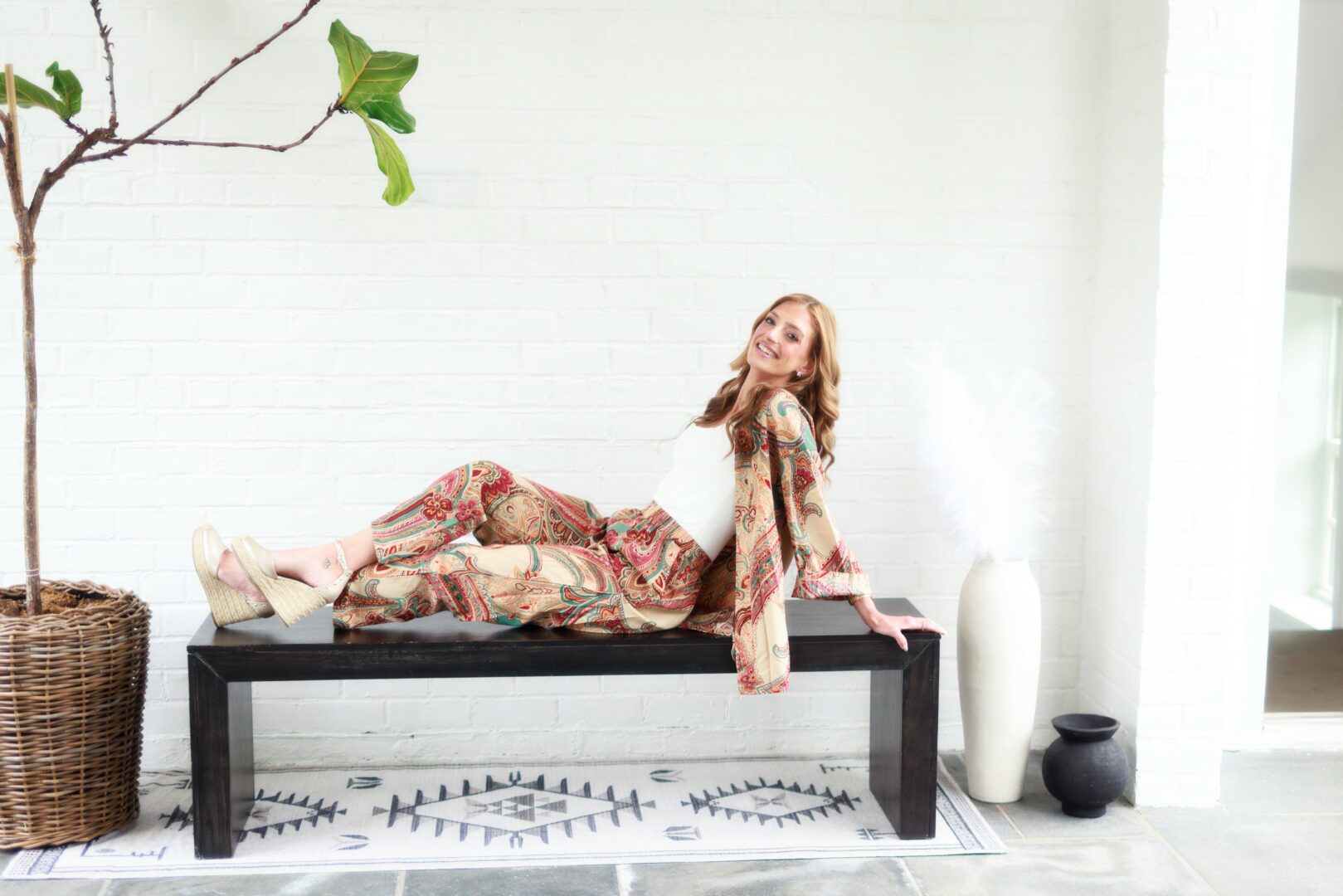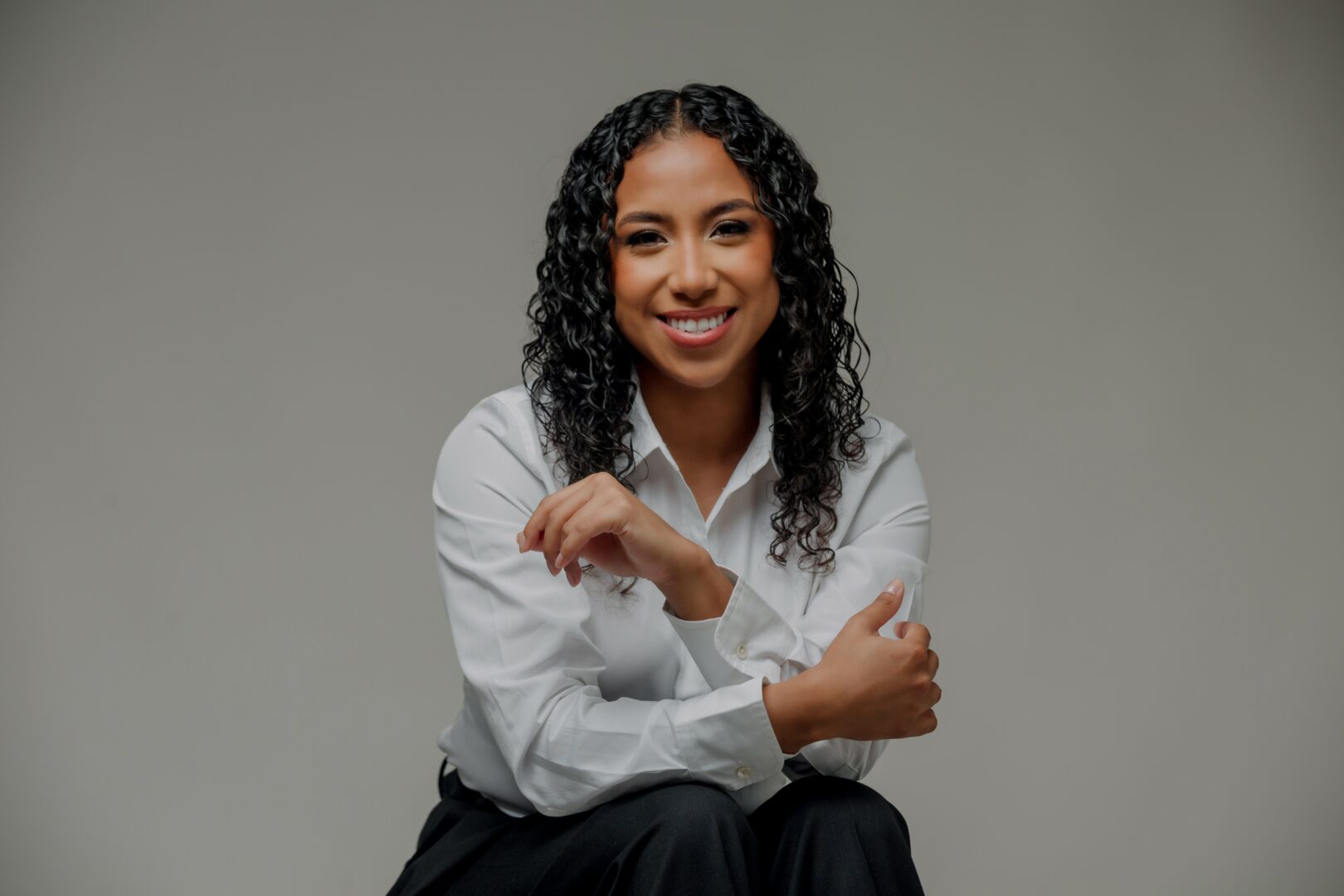We caught up with the brilliant and insightful Brihem Johnson a few weeks ago and have shared our conversation below.
Brihem, we’re thrilled to have you sharing your thoughts and lessons with our community. So, for folks who are at a stage in their life or career where they are trying to be more resilient, can you share where you get your resilience from?
At sixteen, I lost the most basic parts of myself in a single instant. A freak accident on a basketball court left my skull fractured and my world blurry walking, speaking, even thinking clearly slipped out of reach. For nearly two weeks, I lay in a hospital bed trying to rediscover abilities my body once performed without a second thought.
One night, when the room was dim and I was supposed to be asleep, I overheard a conversation between my doctor and my mother. His voice was steady, clinical: I might never walk or play sports again. I might become a “vegetable.” The words crashed over me. I cried silently at first, then fully. And then I prayed.
Prayer didn’t erase the pain, but it gave the pain a purpose. Faith turned my fear into fuel. I began to treat every small movement as a victory, every syllable as a step forward. I listened to nurses describe exercises most people never have to think about heel raises, finger taps, gentle turns of the head and I gave them the intensity I used to reserve for fourth-quarter drives to the rim.
Recovery is rarely cinematic. It’s repetition, humility, and an almost stubborn belief that the next inch is possible. Day after day, that belief met my body halfway. When I finally walked out of that hospital five inches taller, somehow what I carried with me wasn’t just relief; it was a blueprint.
That blueprint built the rest of my life. I returned to the court and played college basketball. I finished my bachelor’s degree. I earned a master’s. Each milestone felt less like a triumph over the past and more like a conversation with it: You tried to end me; instead, you introduced me to myself.
People ask where my resilience comes from, and I think about that hospital room the hush of the machines, my mother’s quiet strength, and a verdict I refused to accept. Resilience, for me, is not a mood or a motivational quote. It’s a decision, renewed daily, to cooperate with grace. It’s discipline dressed as hope. It’s the conviction that with God in me, all things are possible and even when I can’t see it things are working in my favor.
Faith didn’t just help me recover; it taught me how to live. It taught me to hold pressure without letting it harden me. It taught me that excellence is built on small wins stacked patiently over time. It taught me to honor my body and my mind as gifts, not guarantees. And it taught me the difference between noise and truth: one shouts your limits; the other whispers your calling.
These days, when I step behind a camera, into a boardroom, or onto any new court life sets before me, I carry the same flame I found at sixteen. It’s not loud, but it’s steady. It asks simple questions: Will you show up? Will you believe again today? Will you do the next right repetition?
My answer is yes. Because I’ve already lived the alternative. I’ve heard the worst-case scenario spoken out loud and watched a better story unfold anyway. That is where my resilience comes from: a night of fear that became a lifetime of faith; a hospital bed that became an altar; a prognosis that became a promise. I am here, still moving forward, still growing, still holding the flame.
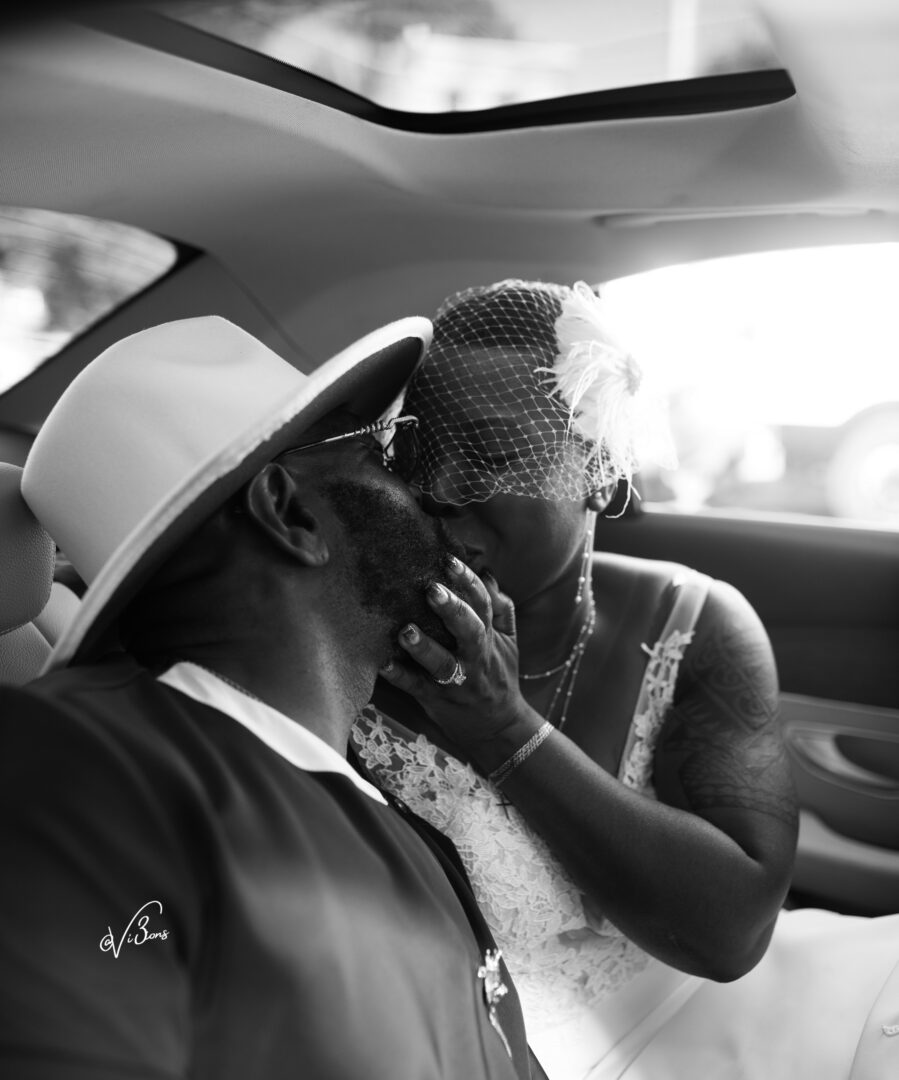
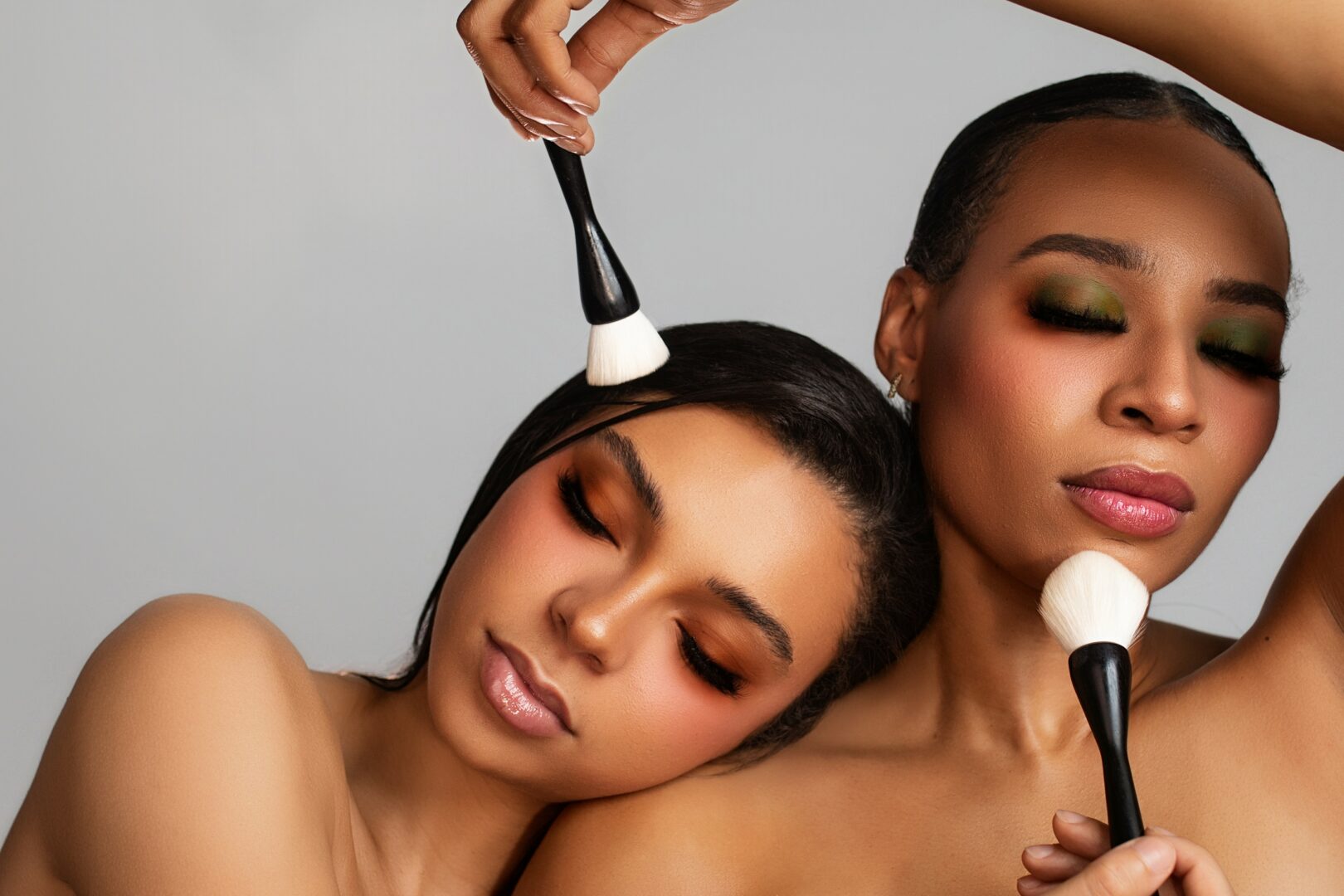
Thanks for sharing that. So, before we get any further into our conversation, can you tell our readers a bit about yourself and what you’re working on?
I’m Brihem “Heem” Johnson, photographer, creative director, and founder of Vi3ions LLC, a Philadelphia-based digital media and marketing studio. I build visuals that feel like campaigns: editorial portraits, beauty and fashion imagery, brand films, and launch content that belongs on billboards and in magazines. Beyond the camera, I lead brand strategy positioning, messaging, and content systems that help clients turn attention into outcomes.
What makes my work different
My style is “luxury with restraint” clean light, intentional negative space, and poses that read editorial rather than influencer. I’m obsessed with details: skin tones that look like skin, textures that read rich, and color that carries a mood without screaming. That discipline comes from my story; resilience taught me to show up with excellence, repeat the reps, and let the work speak.
Who I serve
Creators & executives who need authority-building portraits and media kits.
Beauty, fashion, and lifestyle brands that want campaign-ready images and short-form video.
Small and midsize businesses looking for a cohesive look web, social, and ads that feel unified and premium.
What I deliver
Editorial photography (portrait, beauty, fashion)
Brand films & social cuts (vertical-first, platform-ready)
Full creative direction (mood, casting guidance, wardrobe, set)
Marketing assets (media kits, pitch decks, launch content calendars)
Why clients choose Vi3ions
End-to-end clarity: I translate brand goals into shot lists and story beats.
Consistency: Every deliverable from the hero image to the Instagram reel shares a visual language.
Results: Images that elevate perception, increase conversion, and help close deals.
What excites me right now
Luxury beauty campaigns for emerging founders who deserve Sephora-level visuals.
Founder branding polished portraits + short narrative videos that feel like mini documentaries.
Philadelphia as a backdrop turning our city’s textures into high fashion frames.
Beyond the studio
I’m also a licensed financial professional. That lens planning, discipline, long-term thinking informs how I build creative projects: clear scope, measurable outcomes, and an eye on ROI. Creatives deserve structure that supports the art.
What’s next
Expanding Vi3ions into larger campaign work with recurring retainers.
Publishing a refined editorial portrait series and limited prints.
Mentoring young photographers on lighting, color discipline, and creative business.
What I want readers to know
Vi3ions is more than images, it’s a standard. My promise is museum-worthy craft with brand-level impact. If you’re ready to look as excellent as the work you do, let’s build something that lasts.
— Brihem “Heem” Johnson, Founder & Creative Director, Vi3ions LLC
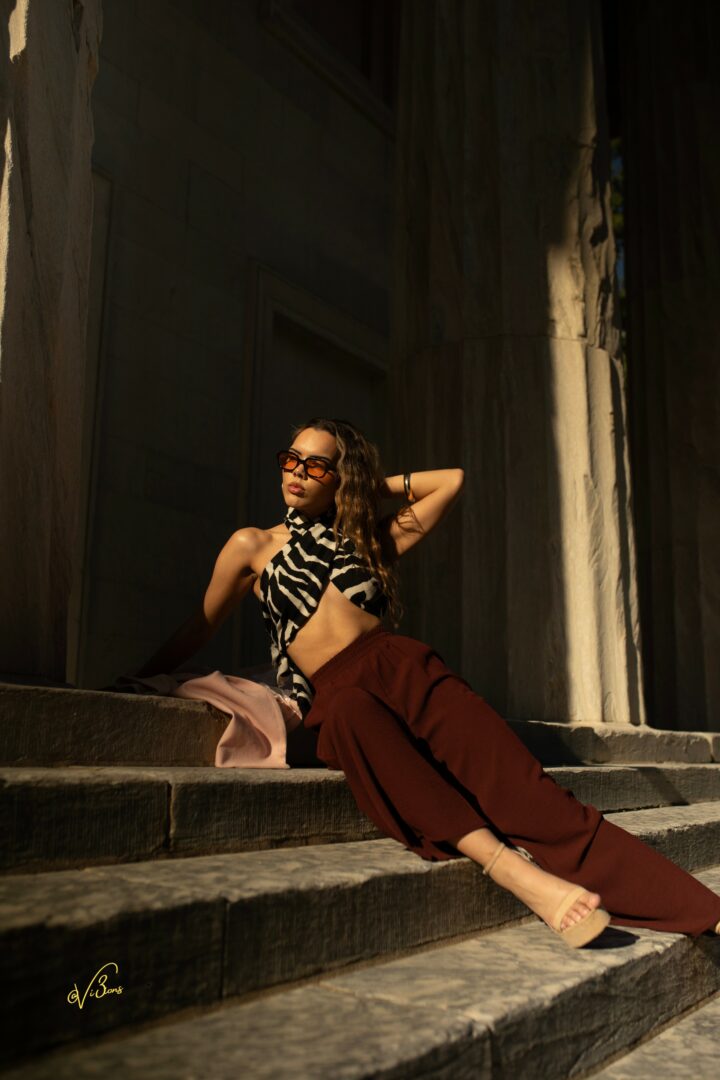
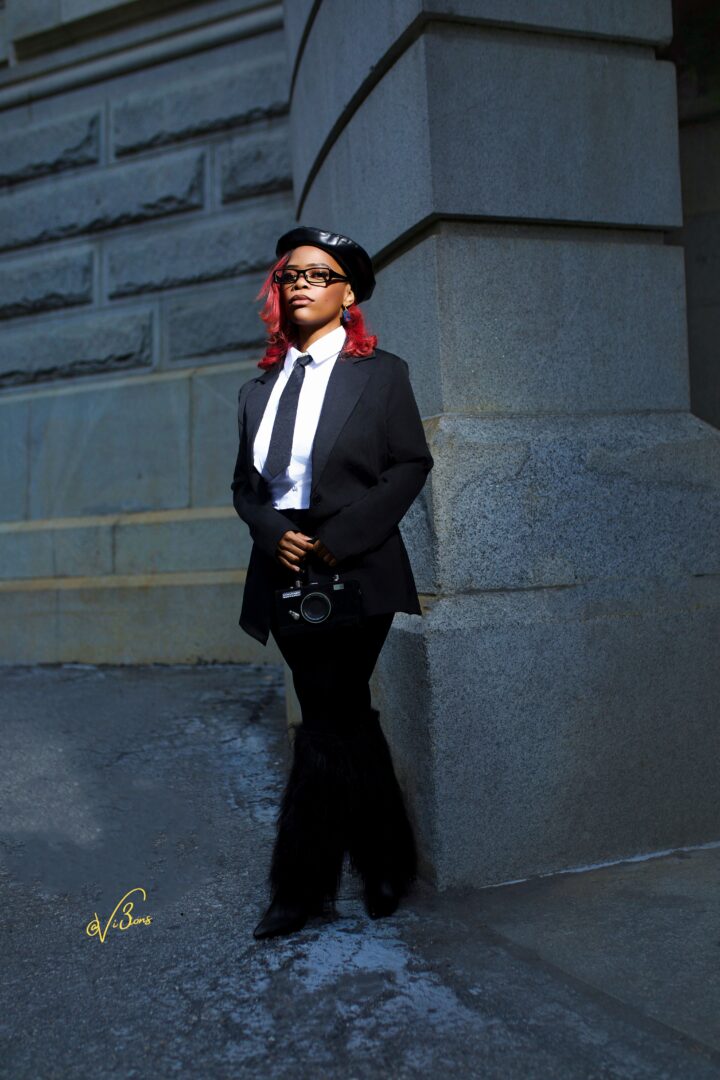
Looking back, what do you think were the three qualities, skills, or areas of knowledge that were most impactful in your journey? What advice do you have for folks who are early in their journey in terms of how they can best develop or improve on these?
1) Resilient Discipline (show up when it’s not sexy)
Why it mattered: Recovery taught me that progress is inches, not highlights. The same mindset built my craft and my company.
How to build it:
Daily non-negotiables (45–60 min): 15 min learning, 15 min practicing, 15 min reviewing yesterday’s work, 10–15 min outreach.
Failure log (weekly): Write 3 things that didn’t work → 1 tweak for next time. Treat it like training data.
Energy pillars: Sleep, water, movement, prayer/meditation protect these or your discipline collapses.
2) Visual & Technical Literacy (light, color, composition)
Why it mattered: Luxury images come from restraint skin that looks like skin, clean light, intentional negative space.
How to build it:
One-light mastery (2 weeks): Use a single key (softbox/umbrella) at three positions—45°, clamshell, and short-light. Shoot a 6-image series for each; keep ISO low; meter or test for consistent skin exposure.
Color routine: Create a neutral baseline (gray card or neutral wall), then add one controlled warmth in the mids; avoid crushing blacks and neon saturation.
Reference recreations: Pick 3 editorial images/week and replicate angles, ratios, and posing. Label what each change does (shadow edge, specular highlights, mood).
Edit ceiling: Stop when the skin still has texture. If you can count pores at 100%, you’re close.
3) Business Strategy & Client Outcomes (not just “pretty”)
Why it mattered: Clients hire results authority, conversion, consistency not just frames.
How to build it:
ICP & offer ladder: Define your Ideal Client Profile (industry, budget, pain). Build 3 tiers (Starter / Core / Campaign) with clear deliverables and outcomes.
Case studies over galleries: For each project, show “goal → approach → result” (e.g., follower growth, site conversions, press pickup).
Retention system: After delivery, schedule a 15-minute “performance review” call + propose the next 60 days (content cadence, seasonal campaign, or retainer).
Sales reps you can say out loud: A simple script problem, plan, proof, price, pause. Then follow up 2–3–7 days.
A simple 30-day starter plan
Mon/Wed/Fri: One-light drills + 30 frames each session.
Tue/Thu: Reference recreation + 1 edited image you’d proudly post.
Daily (15 min): Learn one concept (lighting ratio, color harmony, pricing).
3x/week (20 min): Outreach DM/email 5 prospects with a specific idea (“I’ll shoot a 10-image mini lookbook at X location; here’s a mock coverline.”).
Weekly review: Publish one case-study post (what you tried, what changed, result).
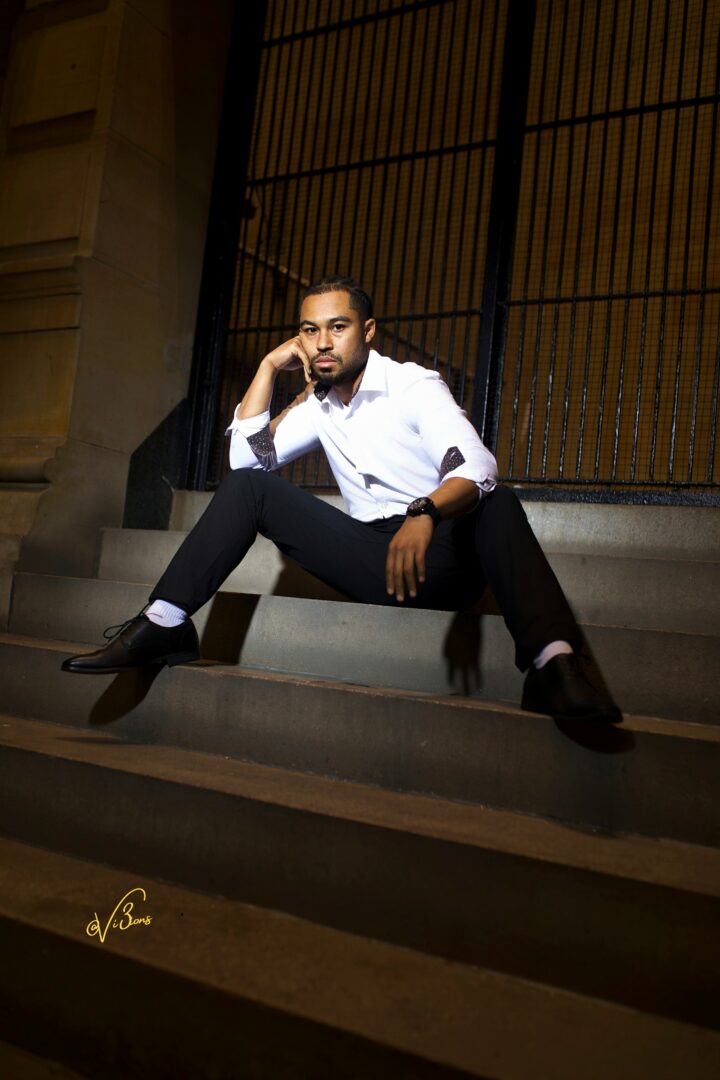
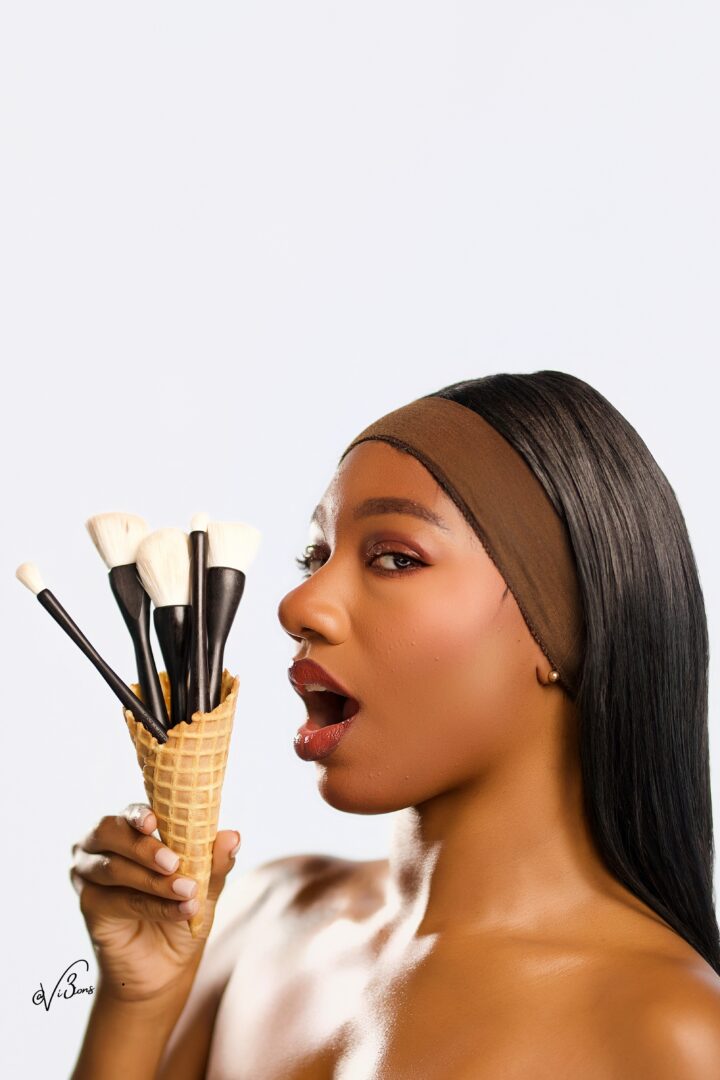
We’ve all got limited resources, time, energy, focus etc – so if you had to choose between going all in on your strengths or working on areas where you aren’t as strong, what would you choose?
Lead with your strengths, but build a baseline on weaknesses that would cap those strengths. I use a 70 / 20 / 10 rule:
70%: Double-down on your edge (the thing that wins you games).
20%: Shore up bottlenecks (skills that, if neglected, will choke your edge).
10%: Experiment (new tools/ideas that might become tomorrow’s edge).
Why I believe this
After my accident, recovery forced ruthless prioritization. I couldn’t train everything at once. I had to pick the few moves that returned the most function fastest then add the rest. That blueprint stayed with me in business and art.
1) Go all-in on the thing that moves the needle
For me, that’s editorial vision + disciplined lighting. When I leaned into that clean skin tones, negative space, luxury restraint clients started saying, “This looks like a campaign.” That edge created momentum, pricing power, and referrals. If I had split attention across ten styles, I’d be average at all of them and unforgettable at none.
Story: Early on, I spent one month on one-light mastery same modifier, three positions, repeat. That obsession gave my work a signature. It’s still paying dividends years later.
2) But fix the weaknesses that cap your ceiling
Some weaknesses don’t just coexist with strengths they limit them. Ignore those, and your strength never gets to shine.
Sales & positioning: Beautiful images don’t sell themselves. I built simple scripts, case studies, and an offer ladder. Not because I love sales but because without it, my best work wouldn’t reach the right people.
Ops & money: As a licensed financial professional, I apply planning to creative work clear scope, retainers, cashflow. I don’t try to be a CPA, but I got good enough to avoid chaos.
Story: I once delivered a stunning set and still lost the retainer. The work was strong; the process wasn’t. I added a 15-minute “results review” call after delivery with a 60-day plan. Retention jumped. That wasn’t me becoming a different person it was me removing a bottleneck.
3) Keep a small sandbox for learning
The 10% is permission to explore: image-to-video tools, new color workflows, founder mini-docs. Some experiments flop; one becomes the next signature.
Contact Info:
- Website: https://Vi3ions.com
- Instagram: https://www.instagram.com/vi3ions/#
- Facebook: https://www.instagram.com/vi3ions/#
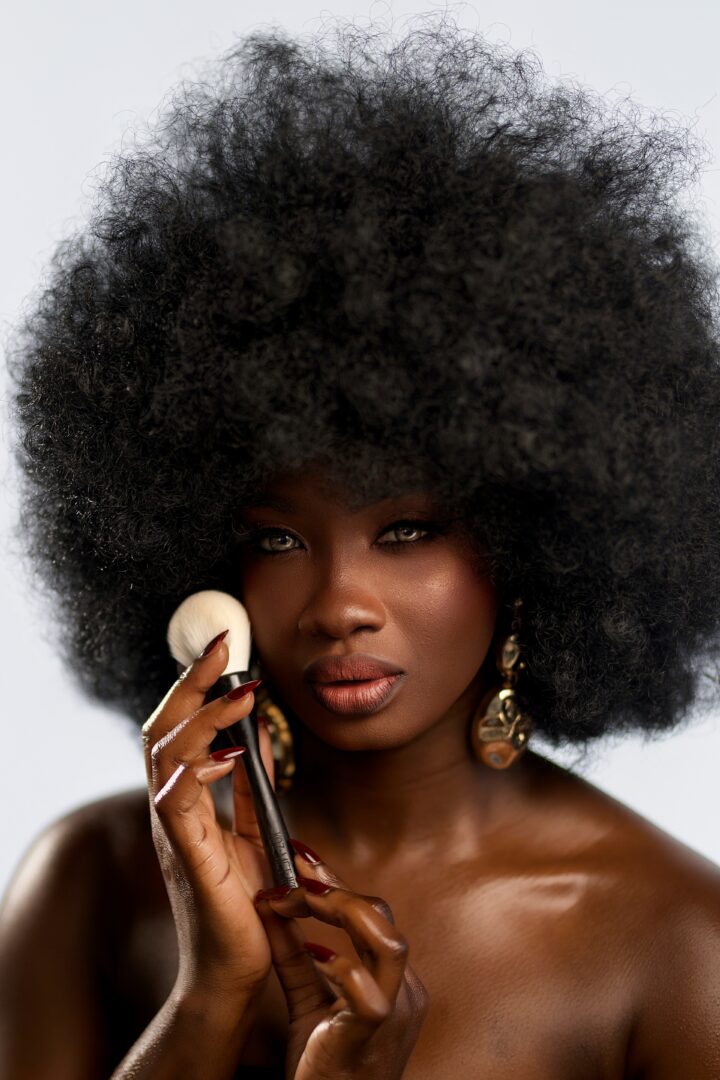
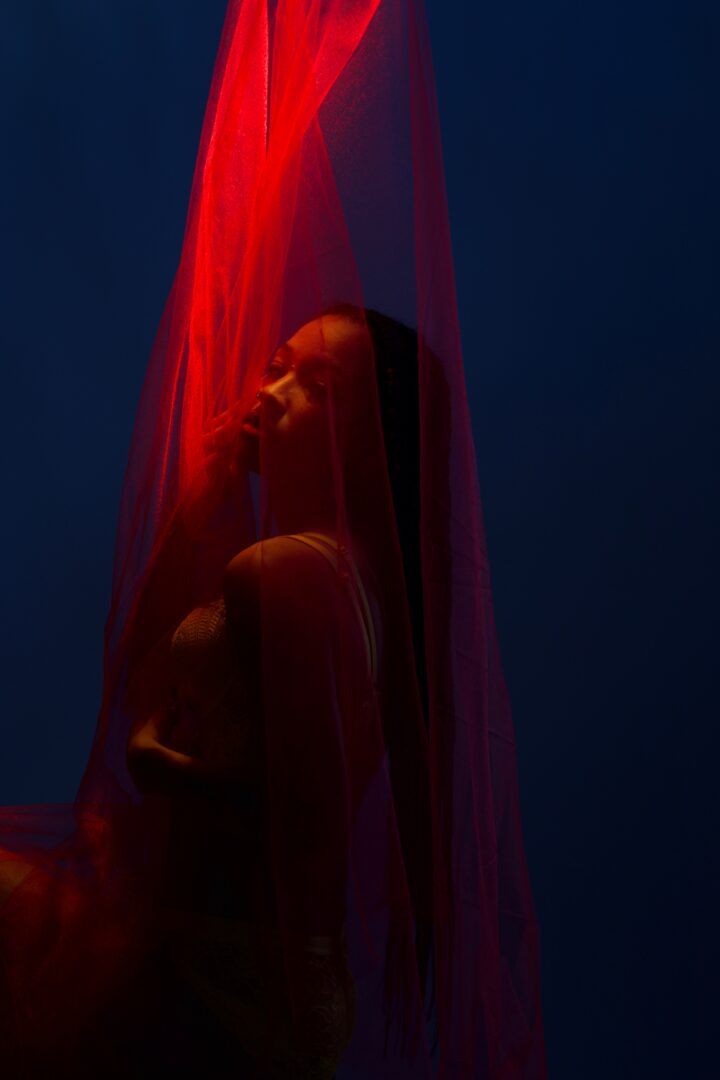
so if you or someone you know deserves recognition please let us know here.

